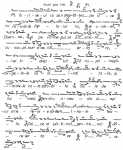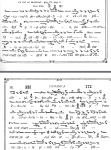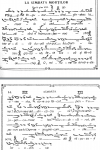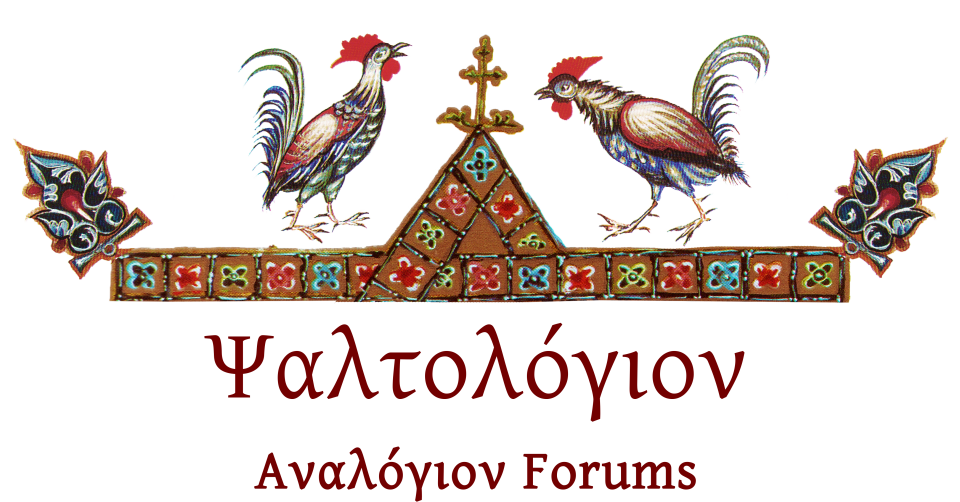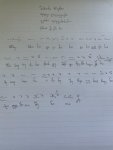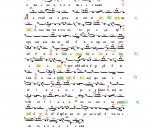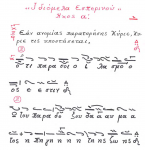Sticheraric and papadic genres allow for more strictness.
Yes they do, but even there similar issues crop up now and then. Consider for example the characteristic final cadence of slow sticheraric Plagal Fourth Mode (see pages 894 - 898 of Papa Ephraim's formula book). Looking at pages 895-897, it should be abundantly clear that the vast majority of Greek hymns in this genre end in a 10X pattern. This allows for the familiar and characteristic 8-10 beat descent from Di to Ga to Vou to Pa, followed by the 8-10 beat resolution from Pa to Ni for the last three syllables.
There are only a handful of examples from the Greek books accented on the second to last syllable (see pages 894-895). I don't deny that these selections came from Greek hymns, but they are rare. Moreover, apart from the descent to Pa (which does sound like a final cadence), the second half (the resolution) sounds just like a regular medial cadence and is somewhat dissatisfying to me. Hymns that end this way in Greek are rare, so solving this problem is likely not of great importance. But in other languages, hymns that end on the second to last syllable are far more common, so there is a motivation for finding another solution.
Since we're on the topic of Dimitrie Suceveanu, let's examine how he does exactly that in his Idiomelar. See the ending of the three Plagal Fourth Mode stichera I attached. This problem is hardly infrequent in Romanian because I found three of these examples just looking at the first 17 pages of the book. Here we have a need for a final cadence accented on the second to last syllable and Suceveanu clearly wants to evoke the same feeling of the familiar and characteristic 8-10 beat descent from Di to Ga to Vou to Pa, followed by the 8-10 beat resolution from Pa to Ni. But he just has two syllables to work with for the resolution rather than the usual three syllables that we have in Greek. So he innovates by creating his own resolution from Pa to Ni (Vou Ga Vou Pa Ni). This fragment exists in Greek scores but not in the context of a final Plagal Fourth Mode cadence. Its use in the context of a final Plagal Fourth Mode cadence is unique to these Romanian compositions, and frequent at that.
I think this provides a good example of how to tastefully deal with these problems.
